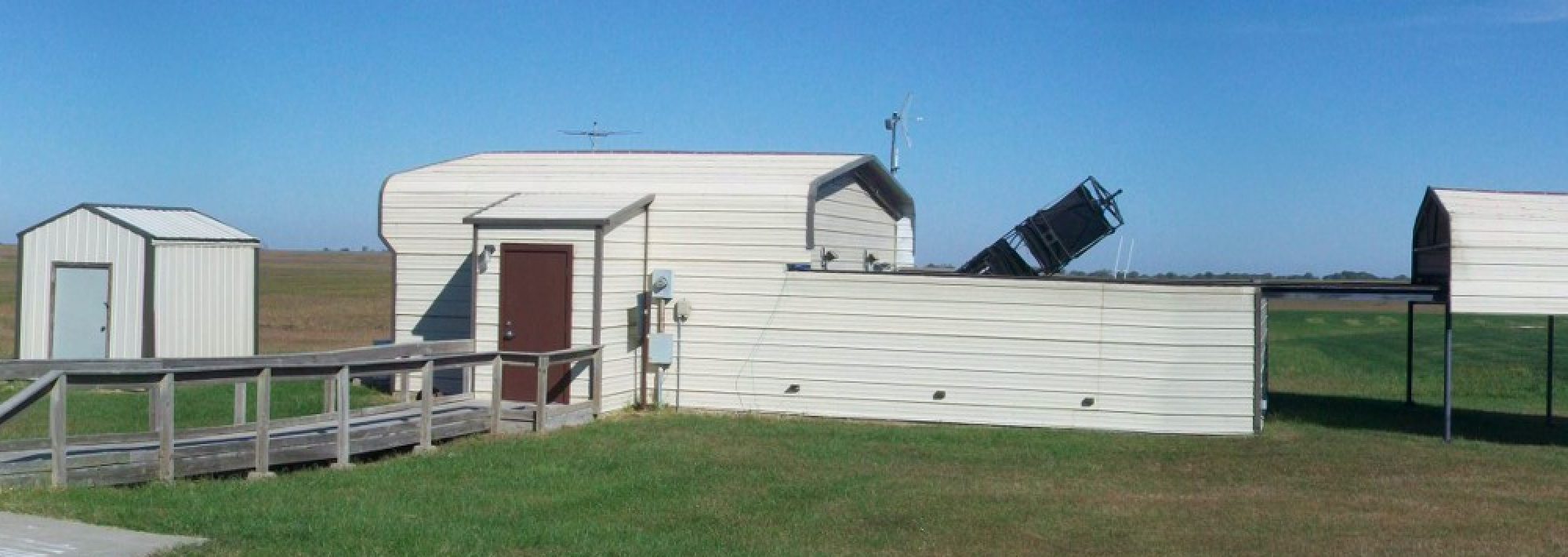Last night, NEKAAL member Gary Hug hosted a dozen Physics students from Seaman High School, presenting the 27-inch Tombaugh telescope and what it can do on a clear, moonless night.
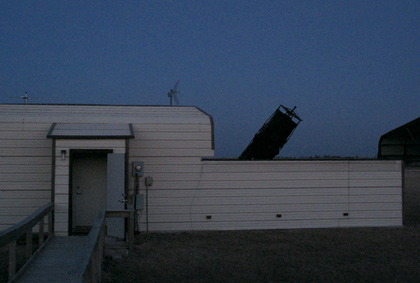
The roof rolled off, telescope fired up, camera cooled, and sky darkened, it was time for Gary to start with some simpler images, including a very short exposure of the Orion Nebula. (The control room is under dim red lights.)
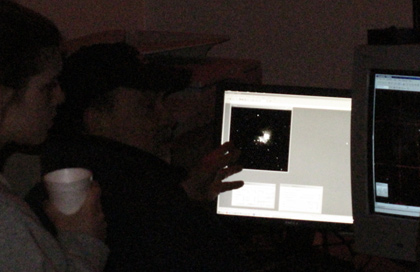
Member Eric Dose took some of the students outside to show the suburban students what a really dark night looks like. Zodiacal light rose from Jupiter on the west horizon up through the Pleiades to directly overhead. In fact, the zodiacal light (light from the below-horizon sun reflected by dust in the solar-system plane) rose to meet the Milky Way, which gave an excellent chance to describe the difference between the earth’s equator, the galactic equator and the ecliptic, which is essentially the solar-system’s equator.
Back inside, Gary and the students hunted extremely faint Near Earth Objects and captured two!–SEB912A (= 2000 EB14), also the NEO K11D09T which was discovered only 8 days ago. Along the way, Gary demonstrated the process of blinking, which is the rapid comparison of two images to discover what’s different between them. In sky exposures taken a few minutes apart, anything moving against a background of motionless stars is very likely to be an asteroid or some other solar-system object. Blinking is done with computer monitors rather than photographic plates and mirrors. But it still involves squinting and staring…and the occasional startling discovery.
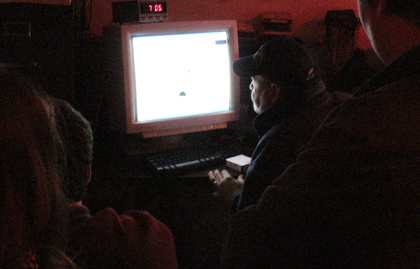
A great combination of dark skies and bright students–NEKAAL Education and Outreach exists to get these together.
